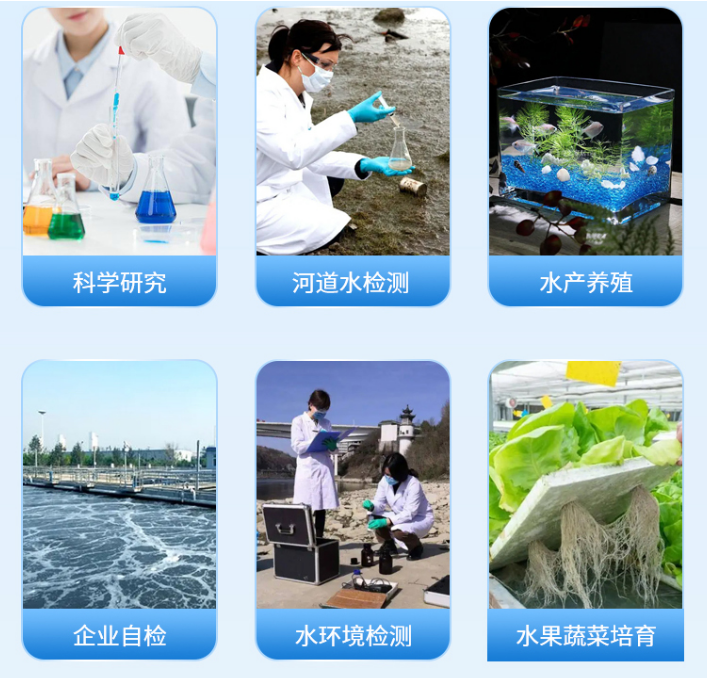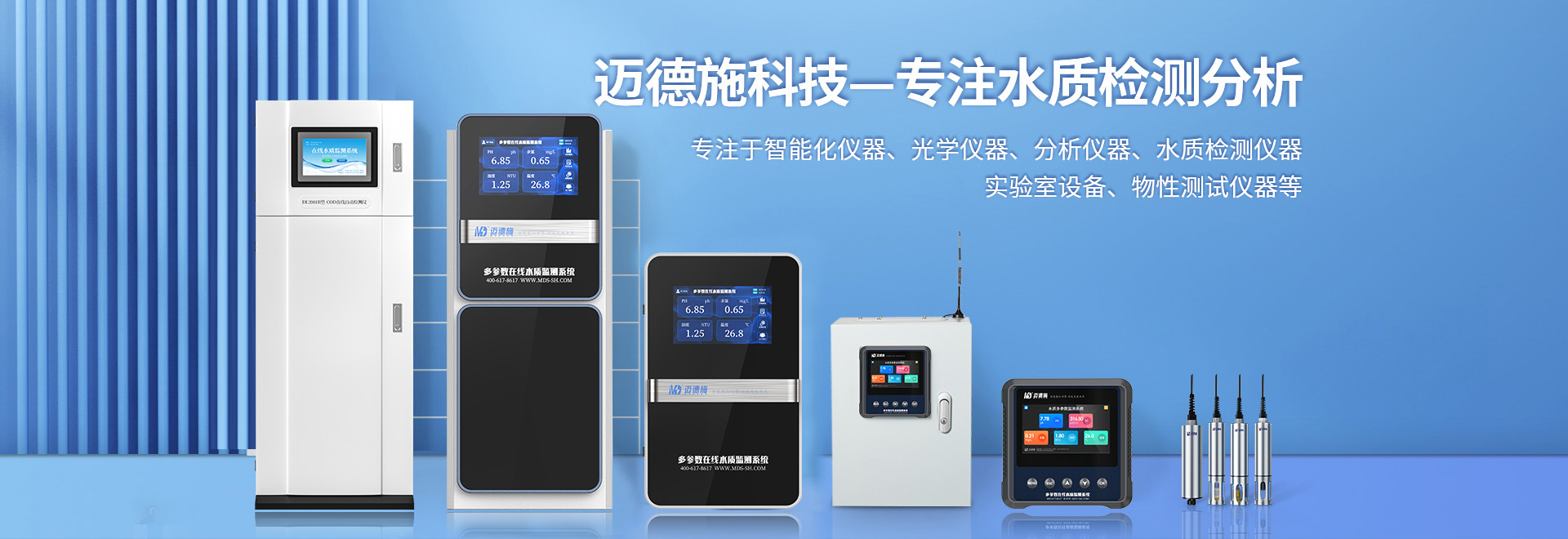Must - Read for Enterprises! Online Residual Chlorine Water Quality Monitor SOP from 0 to 1, Manufacturer Provides Full - Course Guidance to Avoid Pitfalls!
In today's various enterprises, many have purchased online residual chlorine water quality monitors, hoping to accurately control the residual chlorine content in the water and provide reliable data support for production or operation. However, the reality often gives enterprises a headache. Many enterprises buy the equipment but don't know how to use it properly. It's like buying a high - end sports car but not knowing how to operate it. Eventually, the sports car can only be left idle in the garage, failing to reach its full potential. And the scientific Standard Operating Procedure (SOP) is the core for the stable operation of the online residual chlorine monitor. Chlorine sensor Manufacturer, with its professional knowledge and rich experience, can provide full - course guidance for enterprises, helping them avoid detours and prevent the waste of time and money in the process of exploration.
Common Mistakes in SOP Formulation
1. Blindly Copying General Templates without Considering the Industry
Some enterprises, for the sake of convenience, directly copy general templates when formulating SOPs without considering the particularities of their own industries. The water quality characteristics vary greatly among different industries. For example, the food processing industry has extremely strict requirements for residual chlorine in water quality, while the construction industry may have relatively loose requirements. If enterprises don't combine the characteristics of their own industries, the formulated SOPs are like "putting the wrong hat on the wrong person" and cannot meet the actual needs of the enterprises, thus failing to ensure the stable operation of the monitors.
2. Overly Complex Processes that are Difficult to Implement
Some enterprises design overly complex SOP processes, full of various cumbersome steps and requirements. It's like setting up numerous obstacles for employees, making them confused during the implementation process. Front - line employees have to face a large number of work tasks every day. If the SOP process is too complex, they simply cannot execute it as required. Eventually, the SOP will become just a piece of paper.
3. Ignoring the Differences in Equipment Models
There are numerous models of online residual chlorine water quality monitors and Digital residual chlorine sensors in the market. Different models have differences in performance, operation methods, etc. Some enterprises ignore the differences in equipment models when formulating SOPs and use a unified standard to operate different models of equipment. It's like using the same key to open different locks, which will surely not achieve the desired results and may even damage the equipment and affect the accuracy of the monitoring data.
Steps for SOP Formulation under Manufacturer's Guidance
1. Preliminary Research

The chlorine sensor Manufacturer will determine the adaptation direction of the SOP according to the water quality characteristics of the enterprise, such as whether there are impurities in the water and the temperature range, as well as the equipment model used. Just like diagnosing a patient, one has to understand the specific situation of the patient before prescribing the right medicine. Through preliminary research, the manufacturer can customize an SOP that meets the actual needs of the enterprise.
2. Process Writing
When writing the SOP process, the manufacturer will divide it into modules, such as daily monitoring, monthly maintenance, quarterly calibration, etc. The language will be as simple as possible, and the steps will be clear, so that front - line employees can understand at a glance. It's like writing an easy - to - understand operation manual, enabling employees to start using the equipment easily. In this way, employees will not misunderstand or make mistakes during the operation, ensuring the normal operation of the monitor.
3. Verification and Optimization

The manufacturer will assist the enterprise in a trial run of the SOP. During this process, the problems in the operation will be collected and adjusted in a timely manner. For example, if it is found that a certain step takes too much time and affects work efficiency, the manufacturer will optimize this step to shorten the time. Through continuous verification and optimization, the SOP will become more perfect and more in line with the actual needs of the enterprise.
Benefits after SOP Implementation
An enterprise has achieved remarkable results by standardizing the SOP under the guidance of the manufacturer. The accuracy of residual chlorine monitoring data has increased by 20%, which means the enterprise can more accurately grasp the water quality situation and adjust the production process in a timely manner. The equipment maintenance cost has been reduced by 15%, reducing the enterprise's operating cost. Moreover, the enterprise has passed relevant industry certifications (such as ISO water quality standards) more smoothly, enhancing its market competitiveness. These actual benefits fully prove the importance of standardizing the SOP.
If your enterprise also wants to get the SOP guidance from the manufacturer, you can consult the chlorine sensor Manufacturer by phone. Don't let your online residual chlorine water quality monitor lie idle or operate inefficiently. Actively contact us and let the equipment truly safeguard your production.

In conclusion, the proper use of an online residual chlorine detector with a well - formulated SOP is crucial for enterprises. The chlorine sensor Manufacturer plays a vital role in guiding enterprises to avoid common pitfalls and achieve better results in water quality monitoring. With the help of Digital residual chlorine sensors and online residual chlorine detectors, enterprises can ensure the accuracy and reliability of their water quality data, which is essential for their production and operation. So, take action now and make the most of these advanced technologies!
Previous: Don't Let Your Online Residual Chlorine Detector Become a "Decoration"! A 4-Step Review for Water Parks Can Reduce Disinfection Costs by 30% and Avoid Complaints
Next: Summer Disinfection Always Fails? The Online Residual Chlorine Detector Secretly Tells You If the Disinfection Is Sufficient

